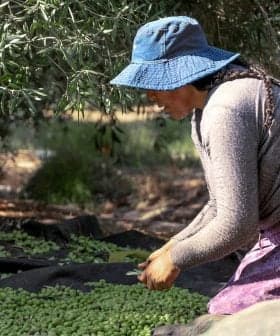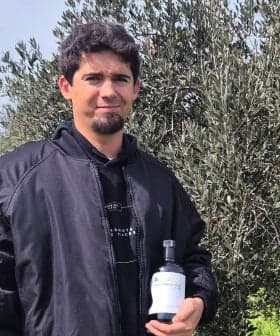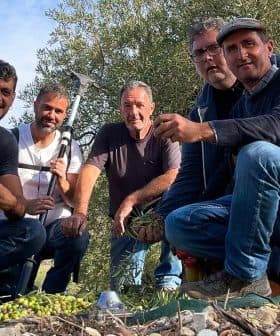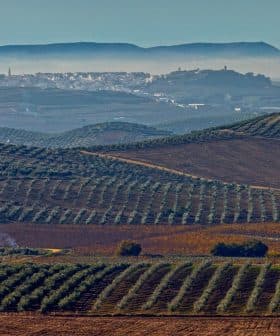An Olive Harvest in Peru Amid Sweeping Changes
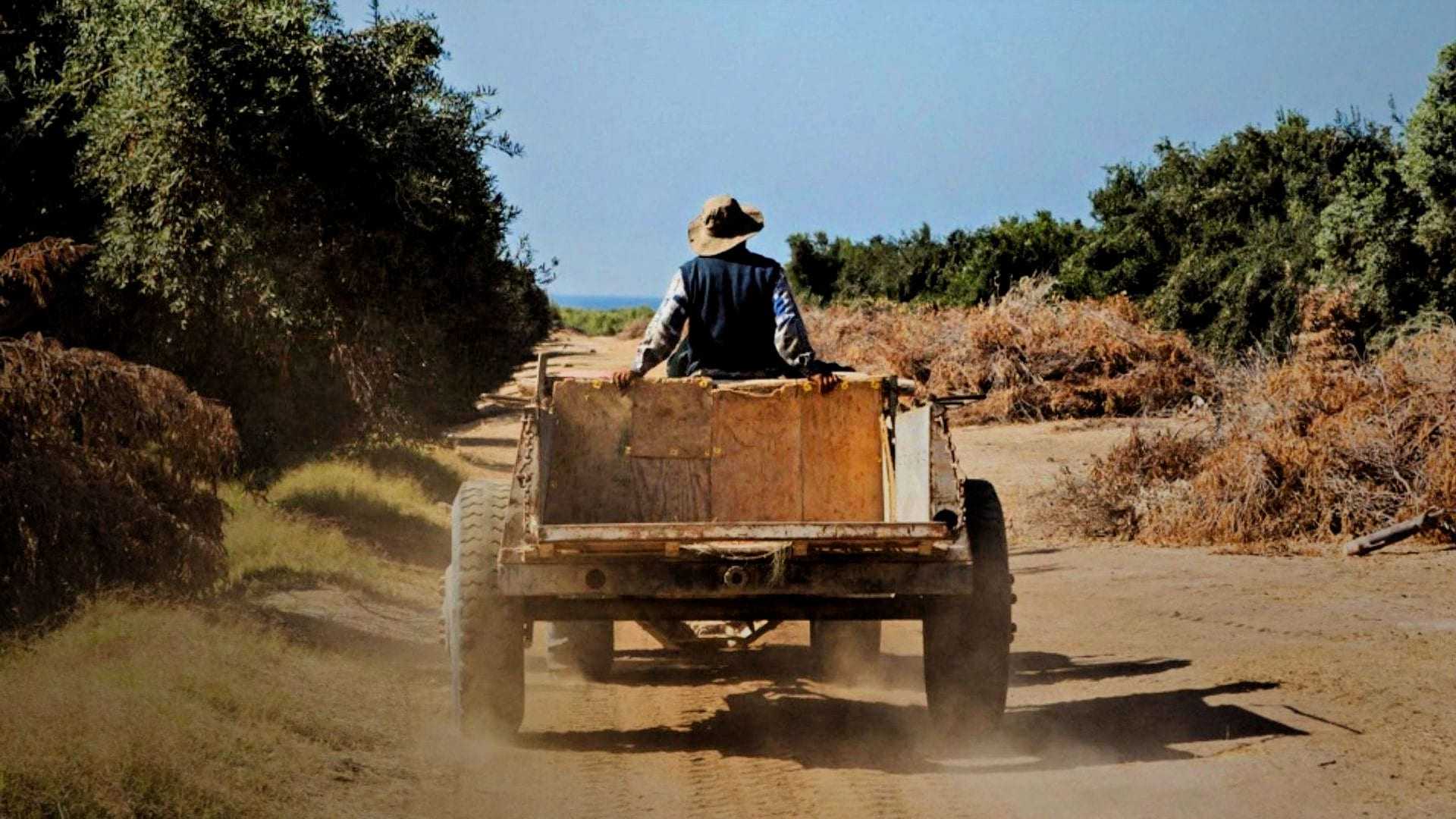
The 2020 olive harvest in Peru is expected to yield 3,000 tons, a 50% decrease from the previous year, due to a shift from olive oil to table olive production. The pandemic has led to an increase in domestic olive oil consumption, with producers focusing on quality over quantity and retailers moving online to reach consumers more effectively, prompting the need for more efficient production methods in the country’s dry growing regions.
The 2020 olive harvest is well underway in Peru amid a shifting landscape for producers and retailers.
While there is still about a month left until the harvest is completed, Peruvian producers will yield an estimated 3,000 tons from the country’s five main growing regions, a decrease of 50 percent compared with last year’s harvest.
Progress is needed in making olive cultivation profitable, thinking of the best options to modernize its management.
“The difference in olive production between both years is due to the productive alternation of the olive tree, or due to the cultural practice of harvesting the olives late for the processing of natural black table olives,” Gianfranco Vargas, a Peruvian consultant and the founder of Sudoliva, told Olive Oil Times.
The sharp drop of global olive oil prices has forced many of Peru’s growers to shift their crop from olive oil to table olive production.
See Also:2020 Harvest UpdatesBy making this switch, many of the producers left larger loads of olives on the trees until much later in the season, which exacerbated the difference between the natural on and off-year production cycles of the trees.
About 90 percent of Peru’s olive crop is destined for table olive production, which is expected to decrease by 50 percent in 2020 as well.
The drop in olive oil prices has also led some in the industry to focus on quality instead of quantity.
“For the first time in Peru, we have obtained about 500 tons of ‘early harvest’ extra virgin olive oil from the native variety, Criolla,” Vargas said. “The olives were harvested greener (earlier) and with a changing color, meaning they are not yet ripe.”
“We did it so that the olive trees do not have any blockage in flowering and avoid this alternation, which not only hurts producers of table olives, but also those of us who extract olive oils in Peru,” he added.
Following the successful production of their extra virgin olive oils, many of these producers are hoping to get their products on supermarket shelves and into local market stalls as soon as possible to benefit from the uptick in domestic olive oil consumption attributed to the Covid-19 pandemic.
While olive oil producers, many of whom live in more remote and sparsely populated regions of Peru, have been mostly unaffected by the pandemic, the rest of the country is under a strict lockdown.
The lockdown has driven down demand for bulk olive oils from the hospitality sector, but has spurred an increase in retail sales as consumers seek healthier options during the global health crisis.
“In the retail sector, an increase in the sale of olive oils and table olives can be observed, mainly within the traditional channel that includes corner wineries or small shops within markets,” Vargas said. “In the modern retail channels, specialized supermarket chains and mini-markets are selling more olive oils than usual.”
Along with causing an increase in domestic consumption, the pandemic has also pushed more olive oil producers and retailers into the online marketplace.
“Since the social isolation began, an increase in virtual stores can be clearly seen, particularly aimed at the sale of food and healthy products,” Vargas said. “They obviously include olive oil to serve a new online consumer [created by] the pandemic.”
This shift online not only increases consumer’s exposure to olive oil but also allows retailers to gather more data about Peruvians’ consumption habits, which Vargas argues will help producers market their olive oils more effectively moving forward.
While the pandemic has served as a catalyst to make olive oil marketing and retailing more efficient, Vargas said the next challenge will be to make the production sector more efficient too.

“Progress is needed in making olive cultivation profitable, thinking of the best options to modernize its management,” Vargas said.
The main challenge facing olive oil producers in Peru is the incredibly dry growing conditions of the country’s olive regions.
About 70 percent of Peruvian olive oil is currently produced in the very southwestern corner of the country, in the Atacama Desert. The remaining 30 percent is scattered along the country’s western coastline, which due to the Humboldt current receives low annual levels of rainfall as well.
While this dry weather is part of what gives Peruvian olive oils their unique organoleptic properties and high levels of polyphenols, it means irrigation is expensive and water resources are limited.
Vargas argues that in order to cut costs, Peruvian producers need to invest in more modern and efficient irrigation systems. He also believes more research needs to be done in order to determine what varieties grow best in Peru.
Currently, 95 percent of olives grown in Peru are the native Creole variety, which is descended from the Gordal de Sevilla variety brought to the country by the Spanish in the 16th century.
However, the variety does not lend itself well to mechanized harvesting or high-density cultivation, both of which Vargas believe are necessary to cut production costs and make the sector viable.
“From now on, the challenge will be to choose new varieties, establish a framework for intensive cultivation, that allows the use of combines and mechanical pruning,” he said. “This would generate advantages substantive for better management in a framework of costs and profitability, conducive to having renewed olive groves that are healthy and productive.”




